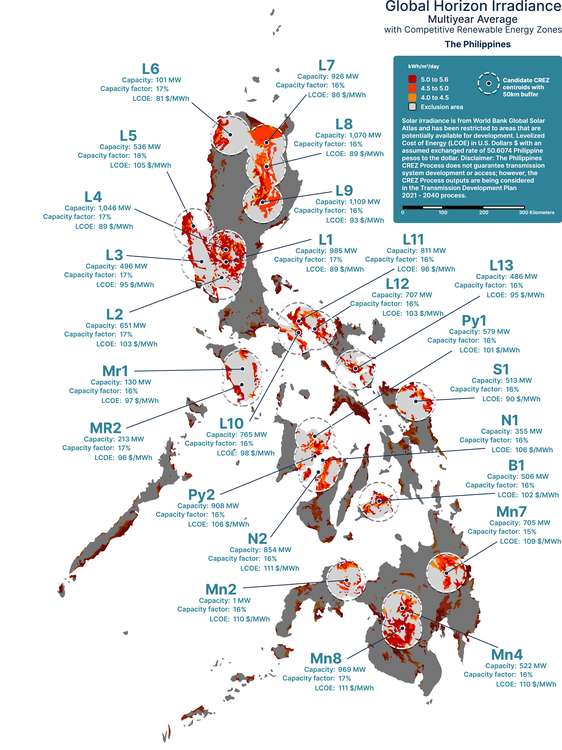Grid modernization allows for the power system to take advantage of rapid technological improvements to improve cost-competitiveness and socio-economic outcomes.
Transmission planning is a key control lever that the Department of Energy can use to influence the grid’s capacity and prioritize domestic renewable energy sources. Mapping the grid and understanding the implications of new technologies is crucial because grid investment shapes future options, and grid investment can also become stranded (or non-performing) if it fails to anticipate new more cost-effective generation strategies. Moreover, using software can improve grid governance in terms of the way in which users such as domestic cost-effective renewable energy and storage is prioritized.
A modernized grid aims for increased flexibility for the integration of new market opportunities in the form of a new ancillary services market for ramping products, fast frequency response by batteries, as well as for new market participants to provide ancillary services such as wind turbines providing inertial response, solar PV and utility-scale storage providing voltage support, and distributed energy resources (DERs) providing frequency and voltage control.



